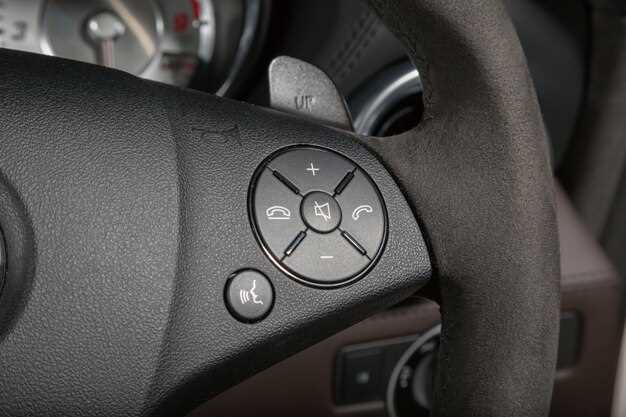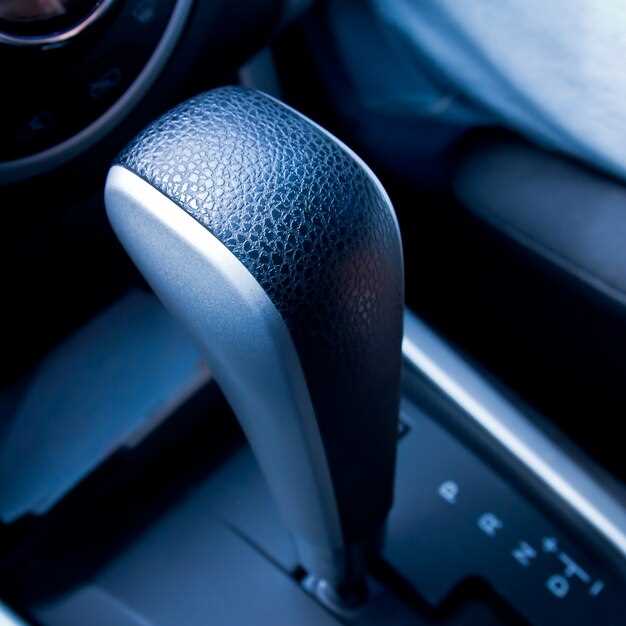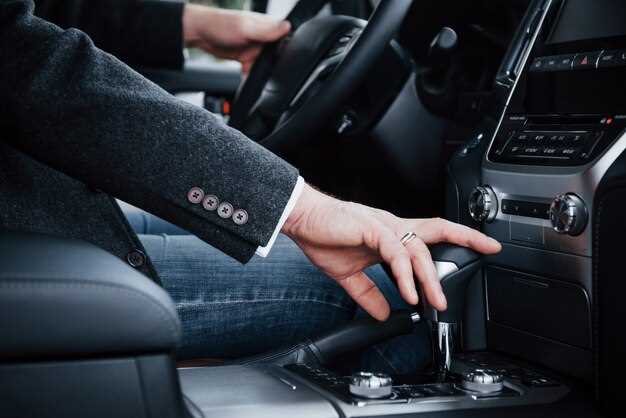
Upgrading the shift knobs and levers in your vehicle is a straightforward way to enhance overall driving performance and responsiveness. The shift knob is not just a functional component; it directly influences your driving experience, affecting the speed and precision of gear changes. Choosing the right shift knob or lever can significantly impact your vehicle’s handling, especially during spirited driving or competitive situations.
Material and Design play crucial roles in how efficiently a shift knob performs. High-quality materials such as aluminum, leather, or carbon fiber offer not only durability but also a distinct aesthetic appeal. Moreover, the design ergonomics of the shift knob or lever can contribute to a more comfortable and intuitive driving experience, allowing drivers to focus on the road rather than the mechanics of shifting.
In this article, we will explore some of the best shift knobs and levers available on the market today. We’ll evaluate their features, benefits, and how they can transform your driving dynamics. Whether you’re a casual driver or a performance enthusiast, the right shift knob can deliver the responsiveness and feel you need to elevate your driving experience.
Choosing Materials for Optimal Grip and Comfort

The choice of materials for shift knobs and levers plays a crucial role in enhancing both grip and comfort for drivers. Selecting the right material can significantly affect the overall driving experience and responsiveness during gear shifting.
One of the most popular materials is aluminum. Known for its durability and lightweight properties, aluminum shift knobs provide a solid feel without adding excessive weight. Their smooth surface can be finished in various ways, allowing for a range of textures that can enhance grip. However, aluminum can become cold in low temperatures, which might impact comfort during use.
Leather is another favored option among enthusiasts. It offers a warm, tactile feel that enhances grip, especially in varying climate conditions. Additionally, leather conforms to the shape of the hand over time, providing a custom fit that significantly increases comfort during long drives. However, it requires regular maintenance to prevent wear and maintain its appearance.
Rubber and polyurethane are excellent choices for those seeking maximum grip. These materials provide excellent traction, particularly in humid conditions, and prevent slipping during gear shifts. Their soft texture reduces hand fatigue and can be molded into ergonomic shapes to fit the driver’s grip perfectly. The downside is that they may not have the same visual appeal as metal or leather options.
For a balance of aesthetics and functionality, carbon fiber is an attractive choice. Lightweight and visually striking, carbon fiber offers a unique texture that can enhance grip. However, it can be more expensive than other materials, which may be a consideration for some drivers.
Lastly, wood accents can provide a luxurious feel to shift knobs. While visually appealing and comfortable to hold, wood generally doesn’t offer the same level of grip as rubber or leather. It may also require more care to protect against wear and tear.
Ultimately, the decision on which materials to choose should consider personal preferences, driving conditions, and aesthetic desires. A shift knob that effectively balances grip and comfort will contribute to a better driving experience, making each gear shift quicker and more efficient.
Design Features That Enhance Shifting Experience
Modern shift knobs and levers incorporate several design features that contribute significantly to a more responsive and satisfying shifting experience. One of the primary elements is ergonomics. A well-designed shift knob should fit comfortably in the hand, allowing for natural movement without fatigue during extended driving sessions. Contoured shapes and textured surfaces improve grip, ensuring that drivers can execute gear changes fluidly and confidently.
Another vital feature is weight distribution. Heavier shift knobs can provide a more substantial feel, allowing for smoother transitions between gears. The added mass can facilitate quicker shifts by reducing the effort required to engage the lever. Some shift knobs incorporate materials such as aluminum or stainless steel to achieve this desirable weight without sacrificing style.
Moreover, the height and length of the lever itself play crucial roles in the shifting experience. Shorter levers often promote quicker shifts by minimizing the distance the driver must move their hand, while taller levers may enhance leverage, providing a different tactile feedback during gear changes. Manufacturers often experiment with various knob heights to cater to different driving styles and preferences.
In addition to these physical attributes, the use of unique design elements such as lighting and color can influence the overall experience. Knobs equipped with ambient lighting or interchangeable colors can enhance visibility and give drivers the ability to personalize their vehicle’s interior. This feature not only adds aesthetics but can also improve functionality in low-light conditions.
Finally, incorporating technology like shift indicators or even haptic feedback mechanisms can elevate the shifting experience. Shift indicators provide visual cues for optimal gear changes, while haptic feedback can simulate a responsive feel, helping drivers to connect better with their vehicle. Overall, these innovative design features contribute to a more responsive and enjoyable driving experience, making the act of shifting not just a necessity, but a pleasure.
Installation Tips for Maximizing Shift Performance

To achieve optimal shift performance, proper installation of your shift knob or lever is essential. Begin by carefully removing the existing shift knob, ensuring that you do not damage any surrounding components. It’s important to consult your vehicle’s manual for specific instructions related to the model.
When installing a new shift knob, check for compatibility with the thread pattern of your shifter. Most aftermarket knobs will specify the thread size; using an incompatible size can lead to poor fitting and performance issues. If necessary, use an adapter to ensure a secure and snug fit.
Before attaching the new knob, inspect the shift lever and surrounding areas for any debris or grime that may impede the connection. Clean these surfaces thoroughly to prevent any interference in shifting smoothness. During installation, apply a small amount of thread locker to the threads of the knob to prevent it from loosening over time due to vibration.
For performance-oriented levers, adjust the pivot point if adjustable models are available. This can significantly affect the throw length and responsiveness. Follow the manufacturer’s guidelines for proper adjustment, as overly aggressive settings can lead to discomfort or mechanical failure.
Finally, check the overall alignment of the shift lever after installation. Ensure the lever sits at a comfortable angle during operation. Test the shifting action before completing the installation to guarantee that it operates smoothly through all gears. Making minor adjustments during this phase can enhance responsiveness and driveability.













